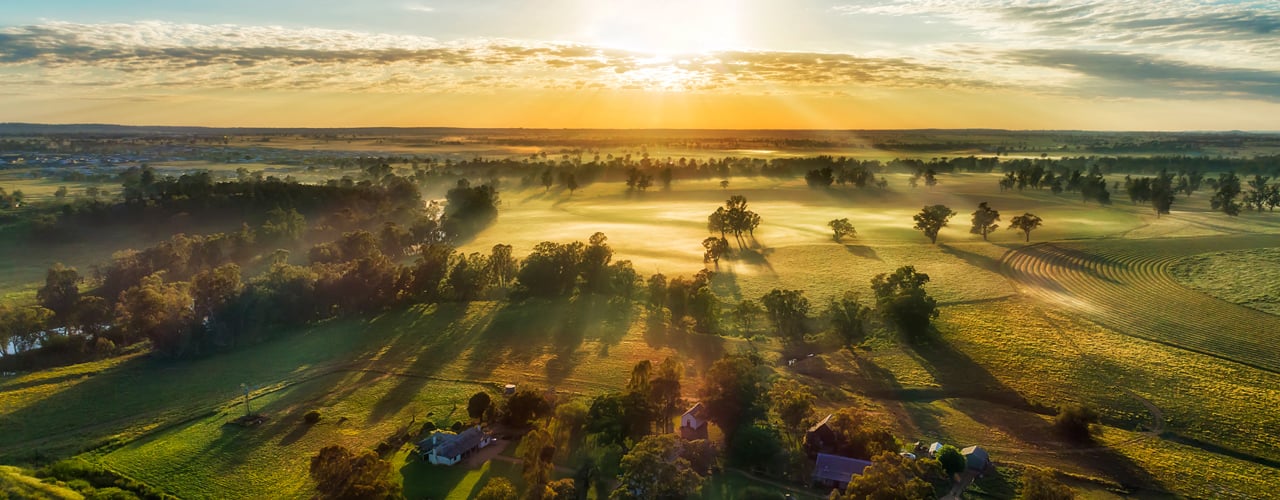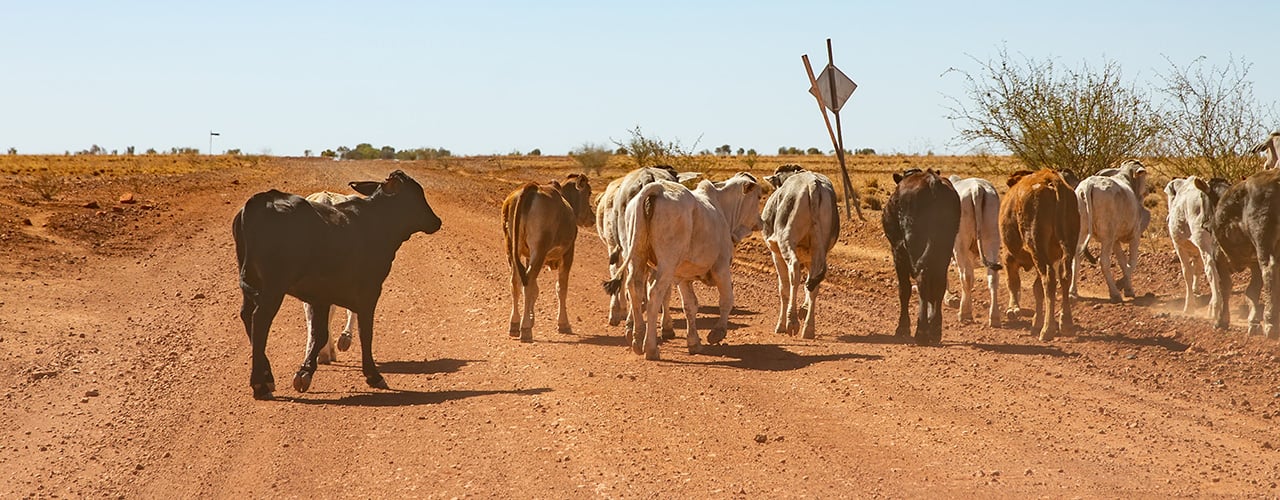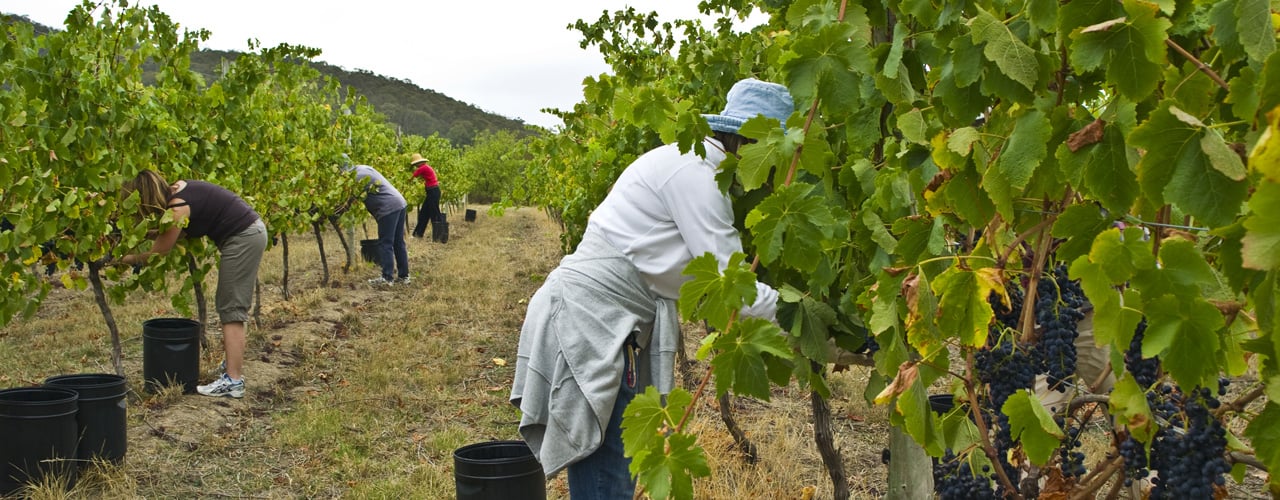Louise Freytag (Ag Achiever Grad)
While you might ask how you milk an almond, there is no doubt that plant-based ‘milks’ have claimed a spot in the market. Ranging from almond to potato to hemp, alternative milk options sometimes seem endless. In Australia, the largest consumers are young, single people living in metropolitan areas.
Figures from Dairy Australia from the past 12 months have shown a 1.4 per cent decrease in fresh milk sales and a seven per cent decrease for long-life milk sales. This comes off the back of panic buying and stockpiling of long-life milk from the COVID-19 pandemic. Users that stocked up on those products are not likely to be increasing their stockpiles and may be consuming excess long-life milk.
Due to the irregular consumer behaviour linked to the pandemic, the past 12 months are not indicative of the long-term trends. Before the pandemic for the past four years up until 2019, the alternative market had grown 48 per cent to sell 132 million litres. White milk grew four per cent to 1.3 billion litres over the same period. This shows that despite impressive growth, plant-based alternatives still have a long way to catch up with conventional milk. Dairy continues to hold around 90 per cent of the milk market in 2021. Furthermore, alternatives are often competing against each other for the same consumers rather than with dairy. With over 200 options available to consumers, soy and almond are the most popular but other milks such as oat continue to gain market share.
Those who purchase plant-based milks cite the perceived health benefits as their main motivator. However, many consumers (around 40 per cent) cross-purchase dairy and dairy alternatives. Only two per cent of consumers buy alternative milk exclusively.
But most importantly, spare a thought for your barista. The days of ‘regular or decaf’ are long gone.
Sources: Sofia Omstedt, Dairy Australia 2019 and Alex Sinnott, The Weekly Times 2021.
Most Popular
Subscribe to insights today
Receive reports direct to your email by subscribing to Rural Bank Insights.




